Innoslate's Cybersecurity Capabilities: Safeguarding the Digital World
Introduction In today's interconnected and data-driven world, cybersecurity is a top priority for businesses, government agencies, and organizations...
5 min read
SPEC Innovations Team
:
10/3/23 12:04 PM
By Michael Jordan, Dr. Steven Dam, Lilleigh Stevie, Andy Tapia
In missile defense, "Threading the Digital Needle" is a crucial solution for keeping pace with the constant changes in technology. Traditional methods face limitations as technology rapidly advances. This requires a shift towards a comprehensive digital engineering approach for system development and simulation for complex systems like missile defense.
Traditional methods isolate data which limits data sharing to small teams. Digital engineering breaks down these barriers, allowing users to collaborate, build multiple scenarios, foster innovations, and provide diverse perspectives.
This requires a shift towards a digital platform. For a digital platform to align with a digital engineering ecosystem, it requires versatile applications and tool suites that work together. Users are allowed to tailor element attributes based on project needs using the platform’s schema.
The project’s element metadata is accessible and provides insight for the user. The platform’s ontology enables users to connect elements using relationships and providing transparency using graphical notations or visual diagrams to showcase traceability.
Digital environments can support the creation of multiple scenarios. This allows scalability for robust Missile Defense strategy development. Scenarios can be easily re-factored to address gaps and refine strategies. Additionally, it provides quick adaptation to ensure readiness against evolving threats. The “Threading the Digital Needle” concept enables domain experts to build, evaluate, and repurpose scenarios.
The “Threading the Digital Needle” concept materializes through the approaches and digital tools commonly used by SPEC Innovations. Using Innoslate, the team combines requirements, modeling, simulation, and test cases to analyze missile defense. This versatile platform fortifies the fabric of technology, strategy, and innovation for national security.
The SPEC Innovation team's implementation of digital platforms and system engineering principles exemplifies this approach. By capturing both the current state and future trajectory of missile defense, this approach transcends conventional methods.
At the core is a versatile digital design platform. This captures the entire lifecycle of the missile defense system, from concept to execution.
SPEC Innovations continuously develops our software platform to provide a digital ecosystem. It enables users to tailor diverse data inputs for scenario building. We provide an end-to-end solution from initial requirements to implementation and V&V.
Our platform utility for Missile Defense includes:
Any digital ecosystem should provide digital thread integrations. This includes accepting inputs from multiple applications and enabling holistic scenario development and analysis.
Requirements provide the groundwork for setting up a digital missile defense scenario. The scenario development and analysis centered around the platform’s discrete event simulation. The simulation provides a digital twin that mirrors real-world scenarios, enabled by seamless integration with various simulation platforms via REST APIs. REST APIs facilitated data exchange with tools like MATLAB and Ansys STK. This enables the creation of missile threat composition for thorough evaluation against defense systems.
Simulation offers an easy scenario setup. REST APIs enhance the user’s experience for data exchange, resulting in near real-world evaluations.
Missile defense scenarios involve multiple systems and require a complex organizational structure. A digital platform requires the missile defense scenarios to perform:
This allows organizations to utilize cross-project relationships to tie concepts together.
Below shows a digital engineering process simplified down to:
We derive mission requirements from stakeholders' needs. This lays the groundwork for functional requirements, which align with threat parameters. Functional requirements provide guidance in modeling the missile defense scenario.
Critical functional requirement for the missile defense scenario setup consists of:
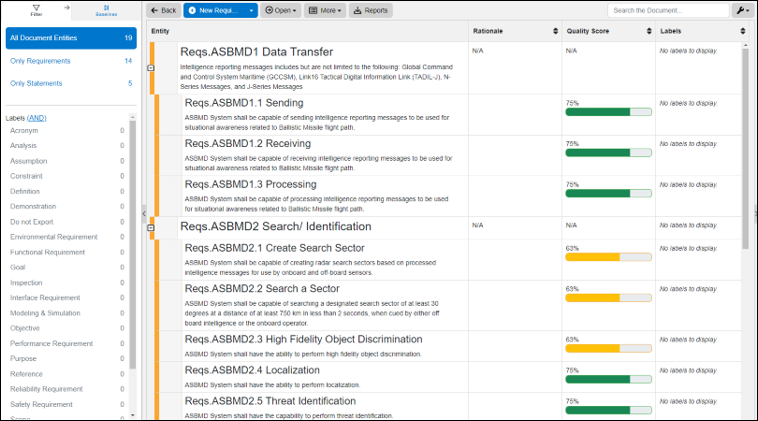
The established requirements provide guidelines for identifying intercepting missile design alternatives. They provide an in-depth analysis of specifications for each alternative.
The platform's database captured and organized trade studies. The database is a central repository for easy access and reference.
We use trade studies as insight for model scenario development. It enhances understanding of system performance and potential outcomes while providing options to model.
Based on the trade studies, it determined that it would require two systems. In the first system, a rogue nation launches ballistic missiles within a time gap of 5 seconds apart. In the second system, an Aegis Cruiser is engaging against these missile threats.
Aegis Cruiser ballistic missile defense system (BMDS) tracks and engages in intercepting ballistic missiles. The scenario will reflect the setup and process for Aegis Cruiser BMDS based on trade studies and requirements.
Due to limited information about the threat for the Rogue Nation scenario, it requires assistance from external simulations. A Simulation Engineer can generate the closest specification of the threat which can be utilized for modeling the scenario.
Figure 2 provides a high-level mapping of the subsystem and process below. This mapping lays out the functions and sets the scenario.
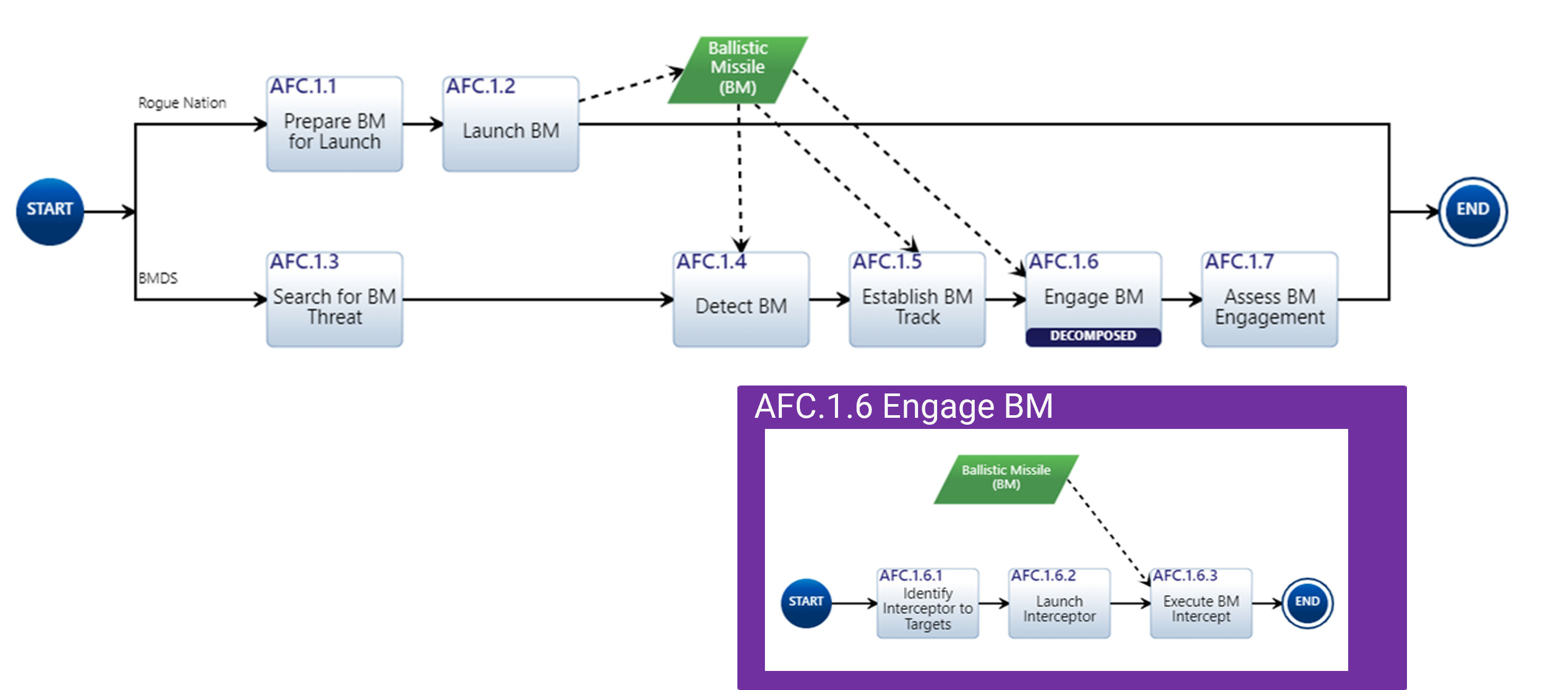
Figure 2. High-Level Mapping of Missile Defense Scenario
Simulation Engineers use STK to develop scenarios geo-spatially. The video below showcases the missile intercepting zone for the Aegis Cruiser BMDS System in the yellow region. The white line is the radar detection of an incoming missile and the red line is the missile threat trajectory. Engineers can then integrate and use the simulation data in the model.
The co-simulation within the model was able to exchange data inputs from both the STK and MATLAB software. Users utilized STK data results to evaluate the Ballistic Missile tracking time before impact and the velocity vectors of the Ballistic Missile. Furthermore, the STK data was repurposed to calculate each Ballistic Missile’s velocity vectors within MATLAB.
Using the results, engineers can create scenarios containing all involved subsystems to evaluate the design and process of the system. This simulation environment provides cooperation from external teams to enhance scenario understanding.
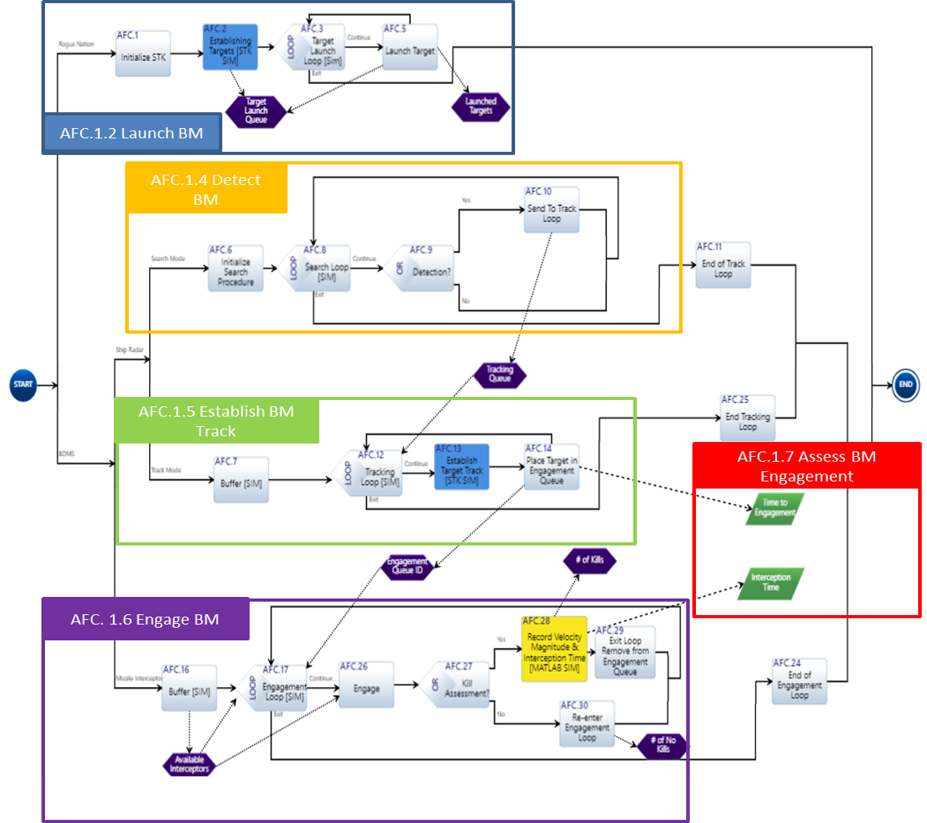
Figure 3. Finalized Missile Defense Scenario Model
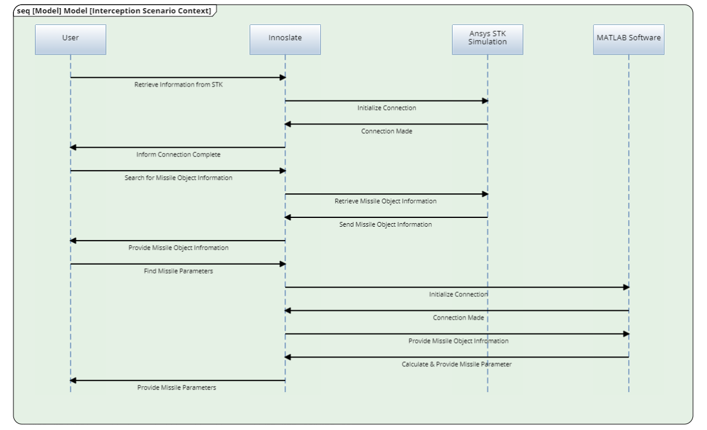
Figure 4. Co-Simulation Workflow for Missile Defense Scenario
Innoslate took a step further by running the model through its discrete event simulator. This simulator enables the execution of complex systems through discrete sequences of actions over time. It also processes input data from other software platforms.
Users can engage in a guided, step-by-step simulation walkthrough to ensure the simulation runs properly. Users can tailor the simulator view to offer an aggregated view based on preference. The aggregated view provides a comprehensive overview of the missile defense scenario.
The simulator view can also display missile defense scenario data in a variety of formats, but the options selected for this scenario were:
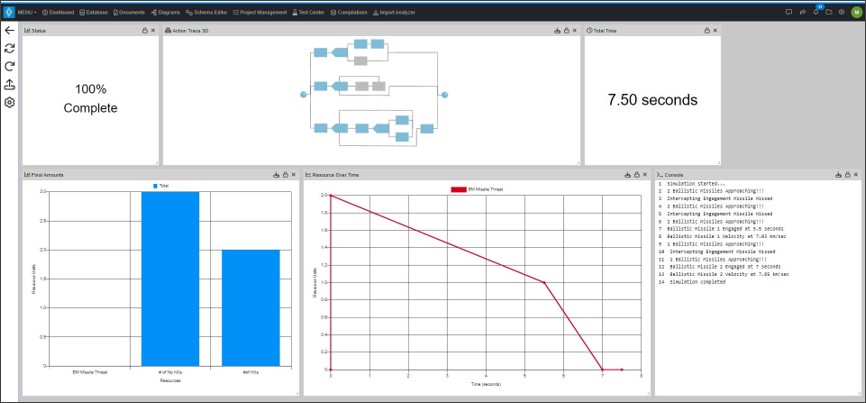
Simulating the missile defense model offers insight into data benchmarks. The results provided further assessments on:
Test cases were used to capture the results and highlight the system's performance.
The utilization of the simulation facilitated new outlooks, encompassing a wide spectrum of diverse test cases. These test cases encompass the critical task of considering new approaches, such as modeling different missile threats for comprehensive and robust scenarios. The simulation results considered utilizing a variety of sensors for accurate evaluation.
Furthermore, the simulation served as a valuable tool for assessing missile engagement behavior, testing system performance across changing conditions, and replicating failures to identify and address system gaps. These assessments can be used to build test cases that will be evaluated in the next iteration of developing the model scenario.
Innoslate allows users to verify and validate the requirements from the test cases. V&V determines the feasibility of requirements through testing. Additionally, it identifies and addresses gaps and/or missed requirements.
Innoslate integrates multiple applications and features into the digital thread process. It offers a range of tools and functions to enhance the digital approach. This ensures data availability for stakeholders throughout the digital thread lifecycle.
Its visualization features enhance data interpretation and analysis. Innoslate allows traceability and transparency across the project lifecycle.
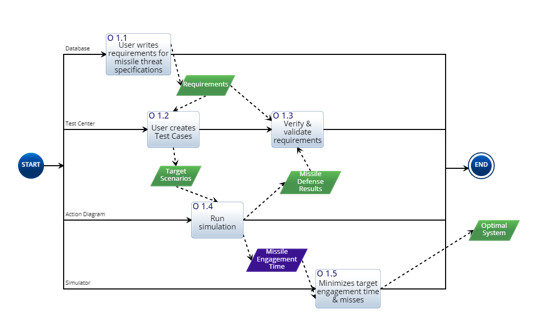
Figure 5. Innoslate Platform’s Interaction for Missile Defense Scenarios
In conclusion, the use of a digital platform streamlines the process of iterating and assessing defense strategies and technologies, providing a versatile environment for rapidly scaling and simulating diverse threat scenarios and system configurations.
Innoslate, as a tool, excels in replicating precise conditions and threats to evaluate the performance of missile defense systems swiftly, enabling effective adaptation to evolving threats and dynamic circumstances. Innoslate offers an advantage in enhancing missile defense preparedness and response capabilities.
Have questions about model-based systems engineering or requirements management? Talk to an expert and see how Innoslate can streamline your projects from start to finish.

Introduction In today's interconnected and data-driven world, cybersecurity is a top priority for businesses, government agencies, and organizations...
This article aims to provide a comprehensive overview of SysML to professionals new to MBSE to help with the successful adoption of MBSE.

Not up for the read? Sit back, relax, and watch the webinar recording! Organizations today are increasingly recognizing the need for digital...